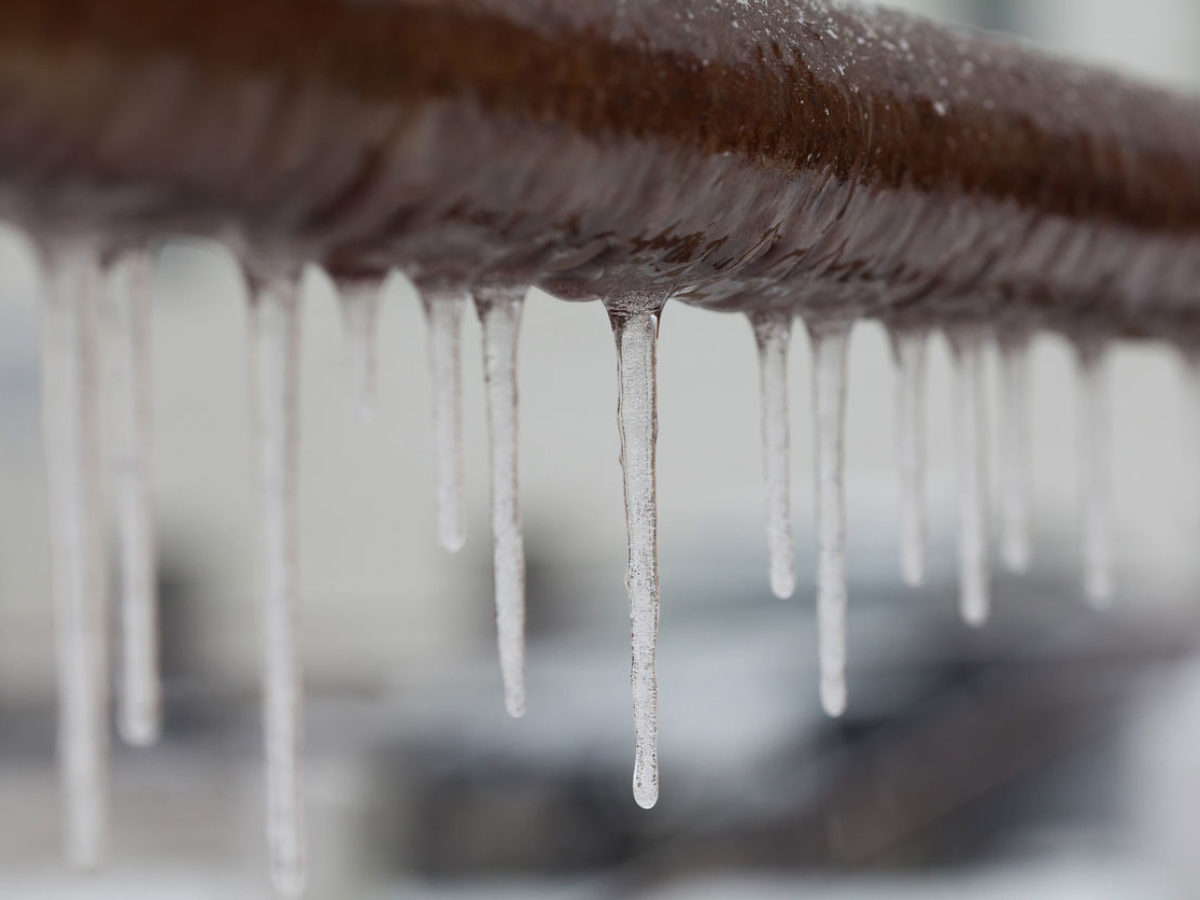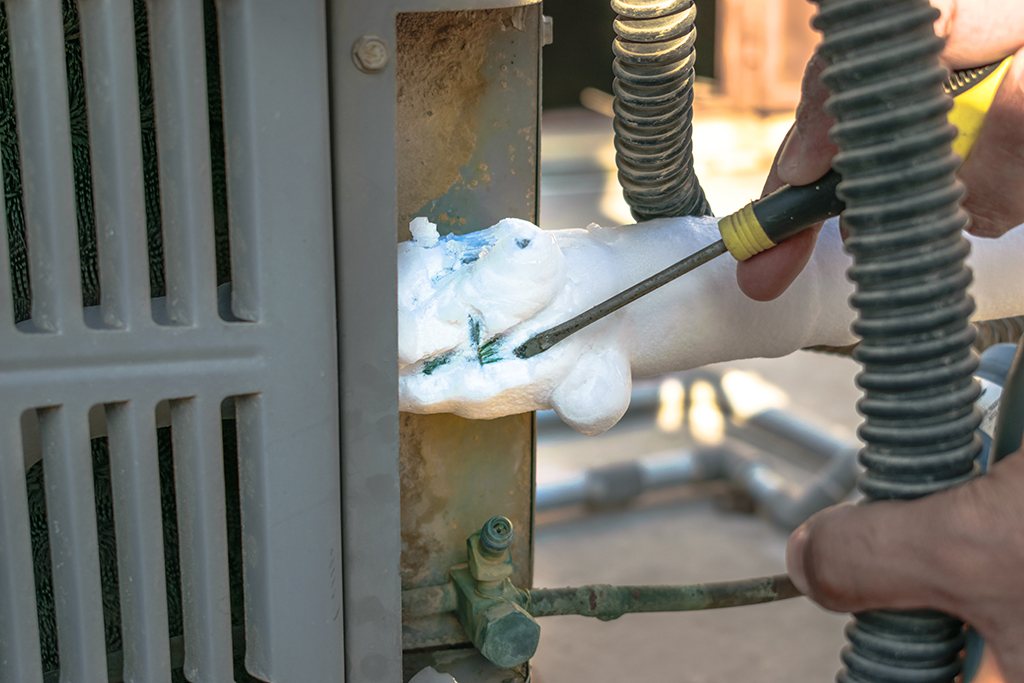Listed here in the next paragraph yow will discover a lot of extremely good help and advice when it comes to How can I fix an air conditioner’s frozen pipe?.

Intro
Discovering that your AC pipeline is frozen can be worrying, specifically during warm summer season when you depend on your ac system one of the most. Understanding what to do in such a situation is vital to avoid further damage to your cooling system and guarantee your convenience indoors.
Comprehending the Causes
Numerous elements can add to the cold of an air conditioning pipe. Understanding these causes can aid you resolve the issue successfully.
Lack of Airflow
One usual reason for a frozen a/c pipe is inadequate air flow. When the air movement over the evaporator coil is limited, it can trigger the coil to go down below freezing temperature level, causing ice formation on the pipe.
Reduced Refrigerant Levels
Insufficient refrigerant levels in your air conditioner system can also lead to a frozen pipeline. Reduced refrigerant degrees can trigger the stress in the system to go down, resulting in the freezing of moisture on the evaporator coil.
Cold Weather Conditions
In chillier environments, freezing temperature levels outside can add to the cold of air conditioner pipes. If your air conditioner unit is not appropriately insulated or if there are leaks in the ductwork, cool air can penetrate the system, triggering the pipeline to freeze.
Dirty Air Filters
Dirty or blocked air filters can restrict air flow in your air conditioning system, causing different concerns, consisting of an icy pipeline. It's vital to change or clean your air filters consistently to make sure correct air flow and protect against ice accumulation.
Indicators of a Frozen A/c Pipe
Identifying the signs of an icy AC pipe is important for timely action.
Lowered Airflow
If you notice a considerable decrease in airflow from your vents, it can indicate a frozen pipe.
Ice Buildup on the Pipe
Noticeable ice buildup on the cooling agent line or the evaporator coil is a clear indicator of an icy air conditioner pipe.
Weird Sounds from the Unit
Uncommon noises, such as hissing or gurgling, coming from your AC unit can signify that there's ice present on the pipe.
Immediate Actions to Take
When faced with an icy a/c pipe, it's important to act swiftly to prevent further damage to your air conditioning system.
Shutting off the a/c
The very first step is to turn off your a/c unit to stop the system from running and aggravating the issue.
Checking for Blockages
Evaluate the area around the indoor device for any kind of blockages that may be obstructing air movement, such as furnishings or drapes.
Thawing the Pipe
You can use gentle approaches like putting towels taken in cozy water around the icy pipe to assist thaw it gradually.
Preventive Measures
Taking safety nets can aid avoid future occurrences of a frozen air conditioning pipe.
Normal Maintenance Checks
Set up routine upkeep contact a specialist HVAC specialist to ensure that your a/c system is running successfully.
Transforming Air Filters
Frequently replace or clean your air filters to prevent airflow restrictions and maintain optimum performance.
Shielding Exposed Pipes
If your air conditioning pipelines are subjected to chilly temperature levels, think about shielding them to avoid cold during cold weather.
Looking For Professional Help
If DIY approaches fall short to settle the problem or if you're unsure about just how to proceed, it's best to seek assistance from a certified HVAC service technician.
When DIY Methods Fail
If your attempts to thaw the pipeline or address various other problems are not successful, it's time to call an expert.
Significance of Hiring a Professional HVAC Technician
A licensed HVAC service technician has the know-how and devices necessary to identify and fix issues with your AC system safely and effectively.
Verdict
Managing a frozen air conditioning pipeline can be a frustrating experience, however understanding how to respond can aid decrease damage and recover comfort to your home. By comprehending the reasons, recognizing the indications, and taking punctual activity, you can efficiently attend to the concern and prevent future occurrences.
What to Do If Your AC Line Is Frozen
Make Sure All Supply and Return Air Vents Are Open
If you notice problems with airflow, the first thing you should do is check your supply and return vents. Supply vents distribute clean, conditioned air throughout your home. As this air becomes stale, it’s pulled into the return vent, where it’s reconditioned before being sent back out through the supply vent.
When these vents are closed, air won’t flow in the home. Before examining your AC, check the vents in every room and ensure they’re all open.
Check for a Dirty Air Filter
Another possible cause of limited airflow is a dirty air filter. Your air conditioner’s filters catch elements you don’t want to breathe in, such as dirt and dust. Over time, filters can become clogged, ultimately blocking air from flowing in and out. The lack of airflow can then cause the entire coil to freeze and will completely restrict any air from moving through it. The AC may need to be powered off for one to two days to allow the coil to thaw after replacing the filter to allow proper functioning of the unit. This debris can also accumulate on your AC’s evaporator coil, requiring a more serious repair. In general, air filters should be cleaned regularly (about every two weeks).
Assess Your Outdoor Unit
In addition to checking your AC, assessing the outdoor unit is a good idea. Also known as the condensing unit, it works with your interior unit to release heat outside. An issue with the outdoor unit can result in rising internal temperatures.
Overgrown Shrubs or Clogged Leaves
From leaves and twigs to shrubs and debris, there’s no shortage of outdoor elements that can accumulate around your condensing unit. When these elements get lodged inside the unit, they can block airflow. Fortunately, removing the blockage can solve the problem.
Sounds of a Broken Fan
Shrubs and leaves aren’t the only things that can impede your outdoor unit’s airflow. If the fan is broken, the unit won’t be able to properly get rid of heat — which means the internal temperature won’t go down. First, make sure the fan is spinning. If it is, check for the following sounds of a broken fan:
- Buzzing
- Rattling
- Screeching
- Hissing
- Clicking
Preventative Measures
Nobody wants to deal with a frozen AC line. In addition to causing problems with your air conditioner, they require professional repairs. On the bright side, there are preventative measures you can take to help ensure this issue doesn’t arise in the first place.
https://www.coopergreenteam.com/blog/what-to-do-if-ac-line-frozen

As a devoted person who reads on Have a Frozen AC Line? Here’s How to Fix It, I think sharing that editorial was important. For those who enjoyed reading our blog post if you please be sure to pass it around. I recognize the value of reading our article about Why Is Ice On My Outside Air Conditione.
Request Free Estimate
Comments on “Handling a Frozen AC Pipe - Guidance for Resolving the Issue”